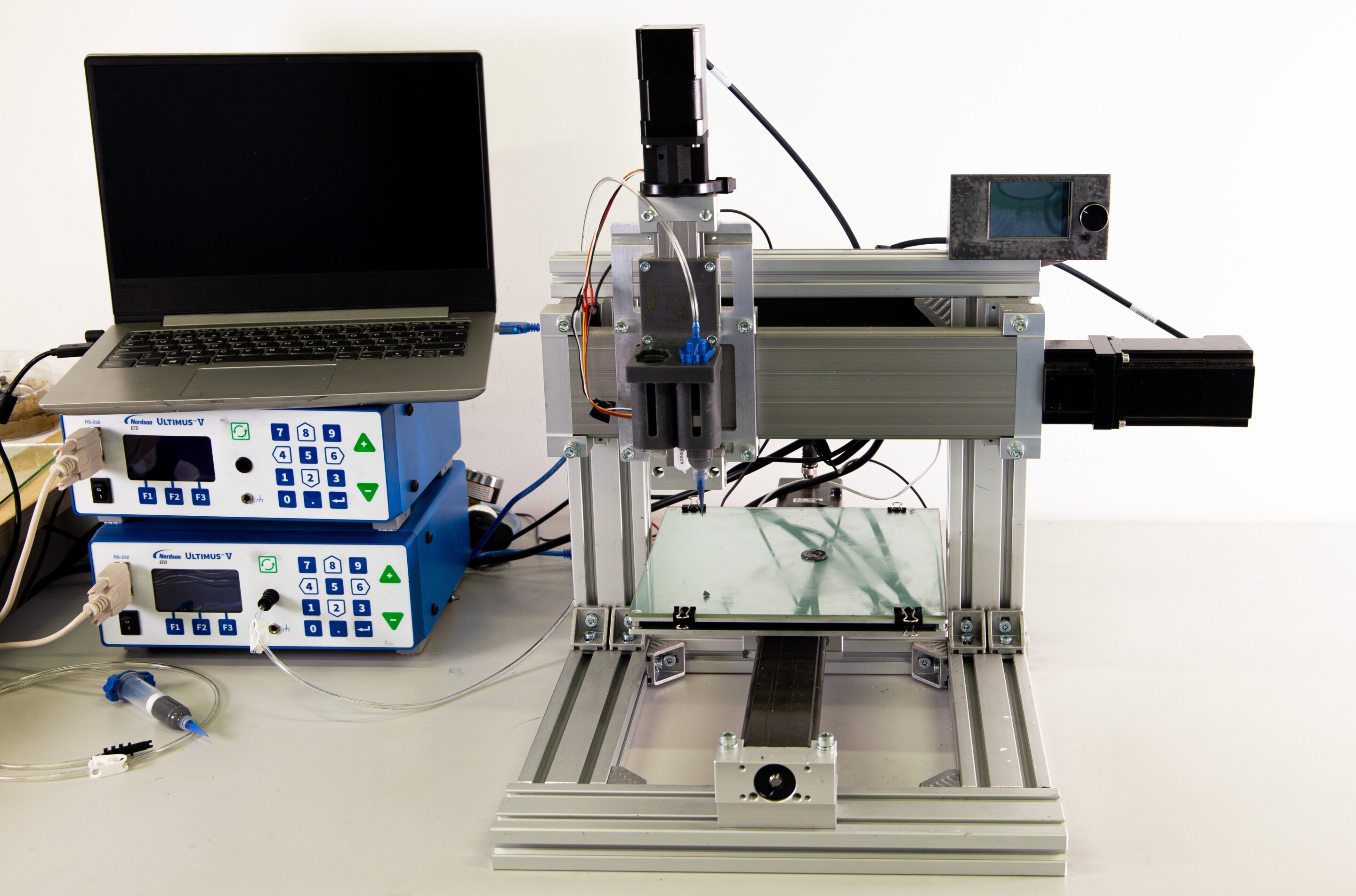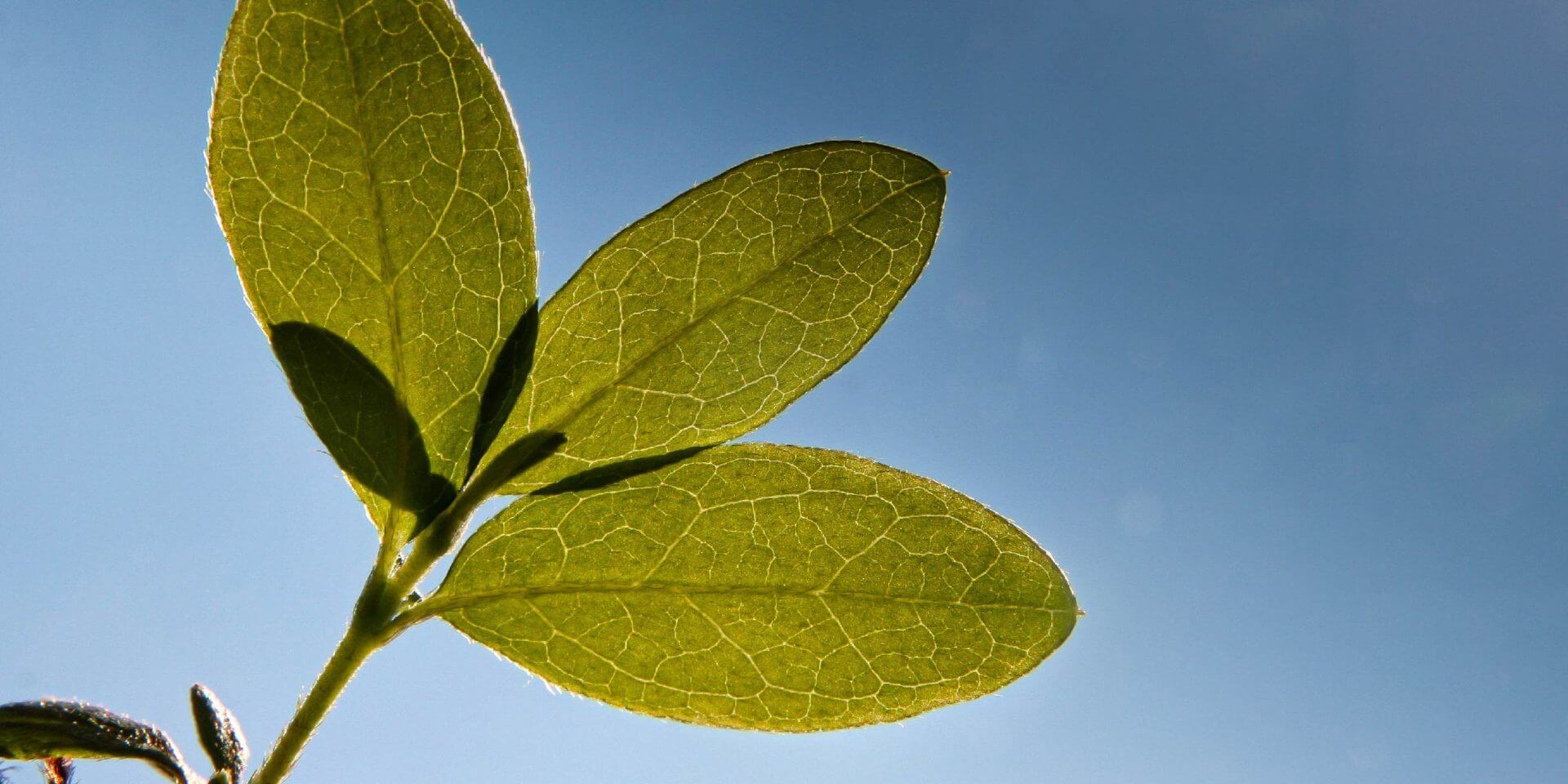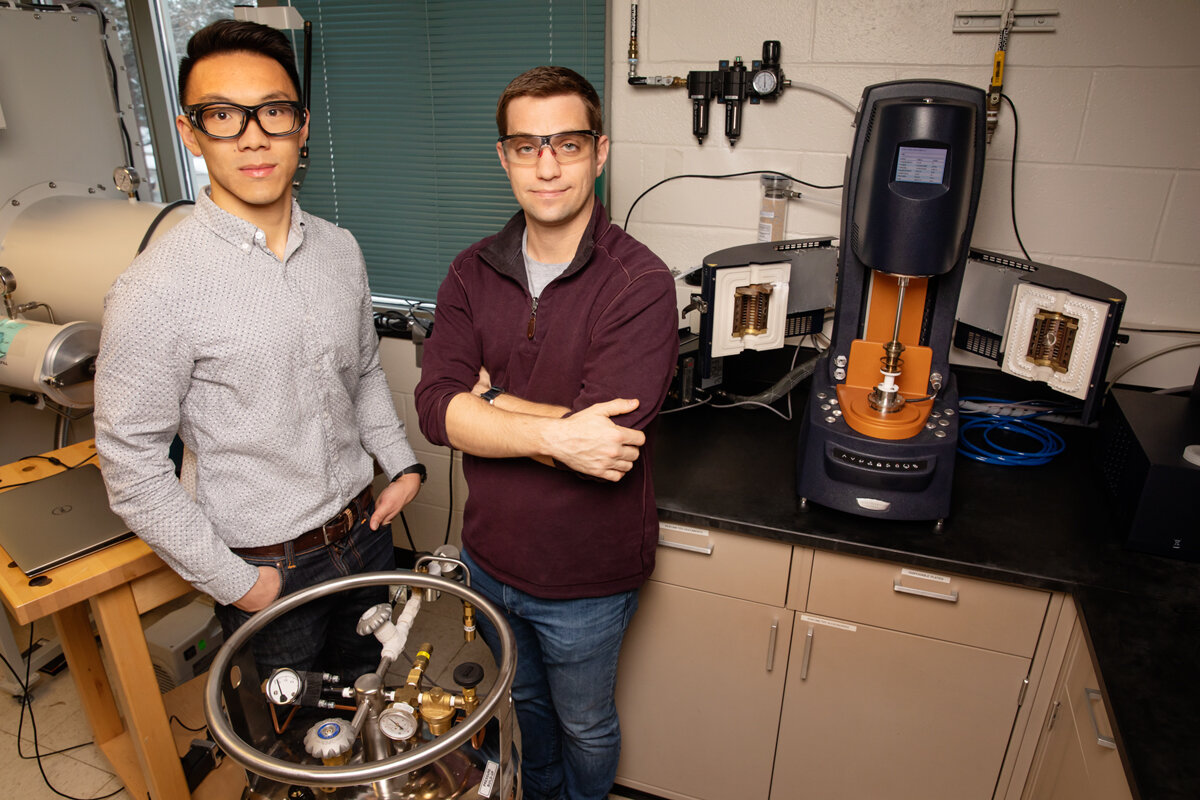
Researchers at Universidad Carlos III de Madrid (UC3M) have created software and hardware for a 4D printer with applications in the biomedical field. In addition to 3D printing, this machine allows for controlling extra functions: programming the material’s response so that shape-changing occurs under external magnetic field, or changes in its electric properties develops under mechanical deformation...
Read More









Recent Comments